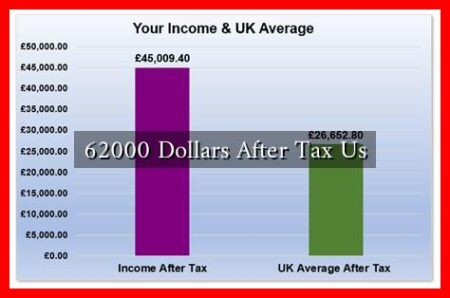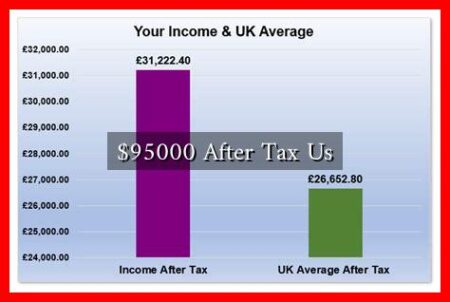-
Table of Contents
Understanding the Tax System in the USA
The tax system in the United States is a complex and multifaceted structure that plays a crucial role in funding government operations and services. From federal income taxes to state and local taxes, understanding how taxes work in the USA is essential for individuals and businesses alike. This article will explore the various components of the tax system, the types of taxes levied, and the implications for taxpayers.
The Structure of the Tax System
The U.S. tax system is primarily based on a progressive income tax model, where individuals and corporations are taxed at rates that increase with their income levels. The tax system can be broken down into several key components:
- Federal Taxes: These are taxes imposed by the federal government, including income tax, payroll tax, and corporate tax.
- State Taxes: Each state has its own tax laws, which may include income tax, sales tax, and property tax.
- Local Taxes: Local governments may impose additional taxes, such as city income taxes or local sales taxes.
Types of Taxes in the USA
Understanding the different types of taxes is crucial for effective financial planning. Here are the primary categories:
1. Income Tax
Income tax is one of the most significant sources of revenue for the federal government. It is levied on individuals and businesses based on their earnings. The federal income tax system is progressive, with rates ranging from 10% to 37% as of 2023. For example:
- Individuals earning up to $10,275 pay a 10% tax rate.
- Those earning between $10,276 and $41,775 fall into the 12% tax bracket.
- High earners, making over $523,600, are taxed at the highest rate of 37%.
2. Payroll Tax
Payroll taxes are used to fund Social Security and Medicare programs. Employers and employees each contribute 6.2% for Social Security and 1.45% for Medicare, totaling 15.3% on wages up to a certain limit.
3. Sales Tax
Sales tax is a consumption tax imposed on the sale of goods and services. The rate varies by state and can range from 0% to over 10%. For instance, California has one of the highest state sales tax rates at 7.25%, while Delaware has no sales tax at all.
4. Property Tax
Property taxes are levied by local governments based on the value of real estate. These taxes are a primary source of funding for public schools, infrastructure, and local services. The average effective property tax rate in the U.S. is about 1.1% of a property’s assessed value.
Tax Deductions and Credits
Taxpayers can reduce their taxable income through various deductions and credits. Understanding these can lead to significant savings:
- Standard Deduction: For the tax year 2023, the standard deduction is $13,850 for single filers and $27,700 for married couples filing jointly.
- Itemized Deductions: Taxpayers can choose to itemize deductions for expenses such as mortgage interest, state taxes, and charitable contributions.
- Tax Credits: Unlike deductions, which reduce taxable income, tax credits directly reduce the amount of tax owed. Examples include the Earned Income Tax Credit (EITC) and the Child Tax Credit.
Challenges and Considerations
The U.S. tax system is not without its challenges. Issues such as tax evasion, complexity, and fairness are often debated. For instance, a 2021 report from the Treasury Department estimated that the tax gap—the difference between taxes owed and taxes paid—was around $540 billion annually. This highlights the need for reforms to ensure compliance and equity in the tax system.
Conclusion
In summary, the tax system in the USA is a vital component of the country’s economic framework, influencing everything from individual financial decisions to national policy. Understanding the various types of taxes, deductions, and credits available can empower taxpayers to make informed choices. As the tax landscape continues to evolve, staying informed about changes and reforms is essential for effective financial planning. For more detailed information on U.S. taxes, you can visit the IRS website.


